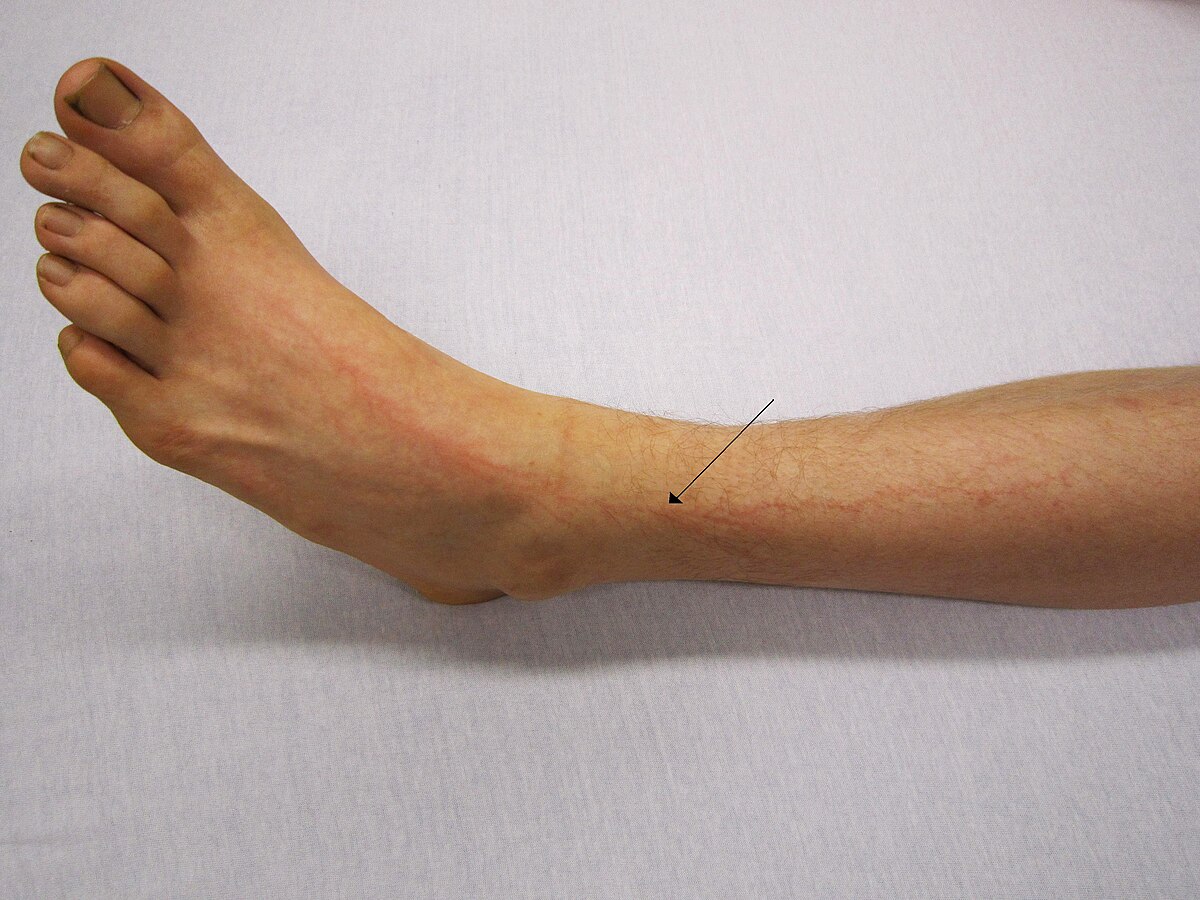Hi everyone
I asked my assessor about touch voltage and he was not keen on explaining properly and gave me a rough answer which made me think probably he was not sure himself or was hiding it.
basically my understanding is afcourse that how 30mA RCD works to limit touch voltage to 50V is by 50/0.03 as this gives enough 1667ohms resistance margin so as long as resistance is within this limit, the voltage will remain under 50V.
My question was with assessor as in TT system as we do need to have 100mA RCD afcourse for fault protection as due to low fault current and higher Ze but what if we dont have 30mA RCD for additional protection then what gives additional protection in that situation and upon hearing this, the assessor just gave me Touch volatage will be limited to 50V as use the formula so that got me confused how Ra=50/Ia so lets say we have higher resistance due to which we will be having lower fault current then how additonal protection is acheived in that scenario ? am I missing out something
please if anyone could briefly explain how touch voltage occurs with RCD and without RCD on normal MCBs how touch voltage is acheived? thanks tons for your great help
I asked my assessor about touch voltage and he was not keen on explaining properly and gave me a rough answer which made me think probably he was not sure himself or was hiding it.
basically my understanding is afcourse that how 30mA RCD works to limit touch voltage to 50V is by 50/0.03 as this gives enough 1667ohms resistance margin so as long as resistance is within this limit, the voltage will remain under 50V.
My question was with assessor as in TT system as we do need to have 100mA RCD afcourse for fault protection as due to low fault current and higher Ze but what if we dont have 30mA RCD for additional protection then what gives additional protection in that situation and upon hearing this, the assessor just gave me Touch volatage will be limited to 50V as use the formula so that got me confused how Ra=50/Ia so lets say we have higher resistance due to which we will be having lower fault current then how additonal protection is acheived in that scenario ? am I missing out something
please if anyone could briefly explain how touch voltage occurs with RCD and without RCD on normal MCBs how touch voltage is acheived? thanks tons for your great help










